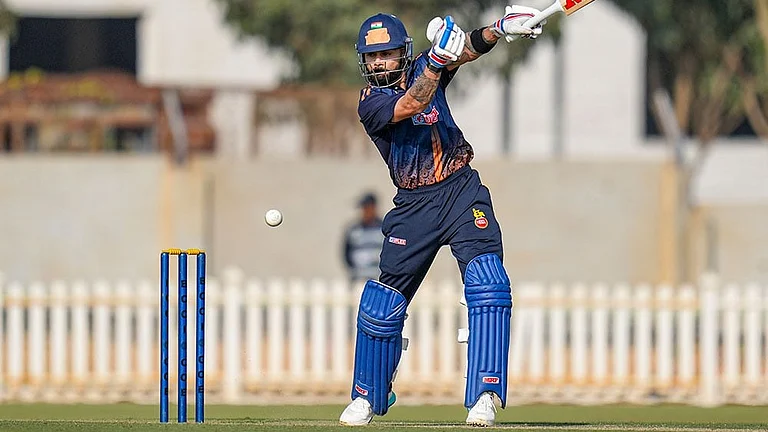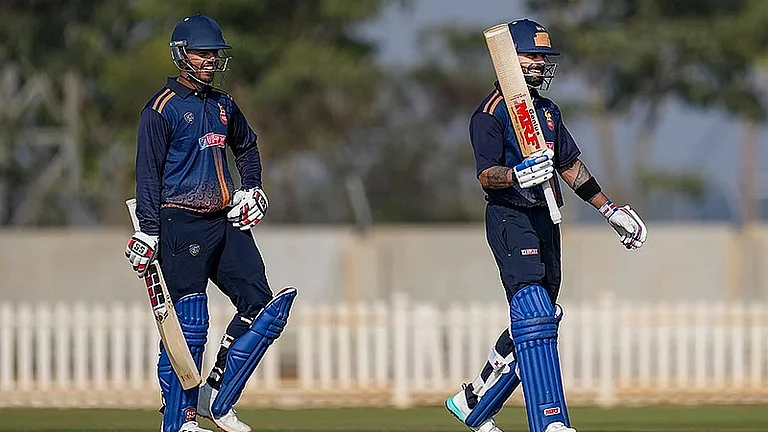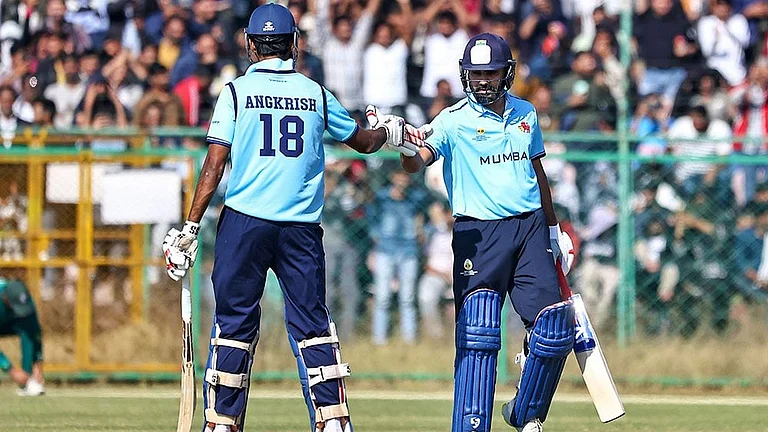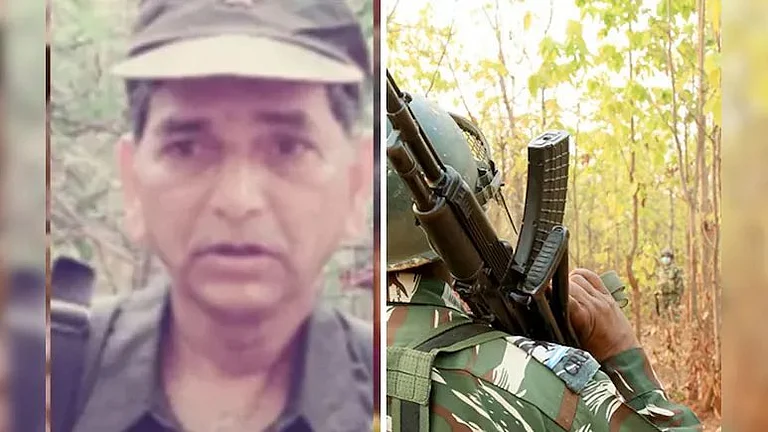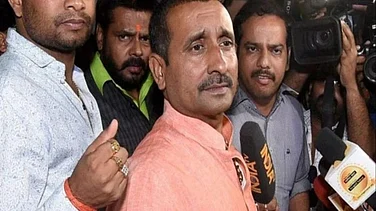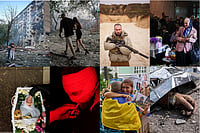Summer of 1976, Bombay. The first time I heard my mother say, “Let’s go to our native place!” Three families gathered at Bhaucha Dhakka (Mazagon dock) on a sunny summer morning to board the steamer, Konkan Sevak. As I climbed its steep gangway, hand held firmly by my mother, I was filled with excitement. You see, I had not even travelled by train before this—just BEST buses and kaali-peeli taxis. The steamer was huge; packed with colourful people in vacation clothes, sunglasses and straw hats. At 10 am the ship sounded a loud fog horn, and on cue the scene onboard changed to a party. As we left the dock, guitars, bongos and harmonicas were pulled out, liquor bottles opened, some funny smelling cigarettes were lit, and I experienced my first jam session on my first sea voyage.
A boisterous group sang Dum maro dum (the cult song from the 70s film Hare Rama Hare Krishna). I did not understand the lyrics then, but, seeing the whoops of joy all around, I figured the song must be important. Then again, I had no idea of the extent of its importance to my journey, and my destination. Goa. My native place. Where I made summer pilgrimages as a child to meet grandparents, aunts, uncles and my ‘cool’ cousins.
The first sight that greeted us on arrival at the Panjim jetty was a big sign proclaiming: Welcome to Goa. As I disembarked, I realised something was different about this hallowed ‘native’ place. It was clean, traffic was sparse, the buildings and houses were beautiful. What a contrast to Bombay—which was mostly grey, boxy buildings, and the stench of garbage always in the air. To my six-year-old eyes, even the light seemed different. My mother laughed, “Tu phorenak aila kidhem?” (Have you come to a foreign country?)

Your first trip to Goa is always special, whether you are a tourist or a Bomoicar (Bombay Goan). I remember marvelling at the big houses, nay mansions, that my aunts and uncles lived in. The trip to my mother’s maternal home in Chorao, by ferry from Ribandar, was magical. And, rather short. I remember asking my mother, “Can I swim instead? I am faster than the ferry.” And mother directing me to the ferry captain to ask for permission. “He Bomoicara saamki pisshi murey!” (These Bombay Goans are lunatics!) muttered the captain, and yelled a stern NO.
The biggest attraction to Goa was the music. Before you think of rock bands performing in hotels—let me specify there were hardly any hotels in the ’70s and ’80s. I’m talking about cultural soirees held in temples during jatras, zagors and Shigmo (Hindu spring festival). I heard Indian classical music performed by divinely gifted village singers and musicians in the Kasarpali temple. I saw them fall into a trance, and the audience—including my parents—moved to tears. I saw people dancing in gay abandon around bonfires, and walking barefoot on hot coals at the Shirgao jatra. To a child, this was magic.
I was enamoured by an older cousin from Mapusa (now deceased). He had a sound-proof music room with a fancy dome chair fitted with internal speakers—the stuff of Rolling Stone magazine advertisements. You sat in his white, futuristic looking chair and got enveloped by music. All four walls were stacked top to bottom with LP records. To me, Prakash bhai was the epitome of cool. I wanted to be him when I grew up. But, a music room of my own? I’d be lucky if I got a room of my own in Bombay!!!

Beach picnics in the ’70s Goa entailed the ubiquitous Hippie sighting. I remember mother and my aunts advising us kids not to gawk. I remember asking why they were naked, didn’t they have clothes? And my mother replying that like sadhus the Hippies had given up their worldly possessions. That, I understood, being familiar with a dreadlock-sporting mendicant, Bholenath, who begged for alms near our Bombay apartment.
In the summer of 1980, an impressionable 10-year-old me discovered that all films in Goa were ‘U’. Even the ones marked ‘A’ elsewhere in India. Live and Let Die, starring Roger Moore as James Bond, was screening at Alankar Theatre, Mapusa. It was an adult film, of course. My older Goan cousins dragged me to watch it, saying, “Chance maar! See it here, if you can’t in Bombay.” “No censorship in Goa?” I enquired. “What censorship?” they laughed, “There are naked hippies on our beaches.” On my return to Bombay, I tried sneaking into Oscar Cinema (now, Shoppers Stop, Andheri) to watch Grease but was shooed away. Oh, how I wished I were in Goa—I was and will always be a John Travolta fan!
Art School happened in the mid-80s, and gifted me more freedom. Working part time in ad agencies whilst still studying, I earned extra money that didn’t need to be disclosed or accounted for with parents. Weekend trips with friends, yaaay! Actually, my weekend would start on Thursday afternoon. In the 3rd and 4th year of Applied Art, I had a ‘Still Life’ period on Thursdays and Fridays. A couple of us friends would submit our assignments in a few hours and check out of college by lunch. To return on Monday morning, directly from wherever we had partied. We took the ferry from Gateway to Alibaug and Murud-Janjira mostly. Occasionally going to Goa by bus. No, I didn’t take my friends to my ancestral homes, or my relatives’ place. It would’ve certainly saved us money… but cramped our freedom. After all, our agenda was to drink and party as hard as we could.

In the early ’90s there was a buzz surrounding some ‘new’ kind of music being played on Goa’s beaches—hushed talk of ‘full moon parties’ during winter nights at Anjuna, Arambol and Vagator. The beginning of Goa Trance coincided with the beginning of my advertising career in Bombay in 1991. Technology was taking over design and music. Earlier, in 1984, Pet Shop Boys had released their single Westend Girls. I wonder if anyone remembers the furore it created. Their music was entirely synthesised. The duo of Neil Tennant and Chris Lowe did not play any instruments. Like they were blaspheming all bands before them. Even if the lead singer did not play an instrument, a band ought to have other members playing something, no?
The year 1984 changed all that, notably, my definition of music and musicians. LPs were replaced by cassettes—DATs (Digital Audio Tapes). This single device, and the synthesiser, played a huge role in the development of Goa Trance. CDs came much later.
Meanwhile in Bombay, whilst working in advertising, a compact version of the same DATs, and ADATs, were used for recording and transferring radio and ad film jingles. The film production guys were the first to accost me and enquire if I’d been to a trance, seeing that I was Goan. I became the go-to person to smoothen Goa trips, with my knowledge of roads, beach shacks and Konkani. At home I’d say Alibaug, and we’d go further to Goa.
My first trance party felt like déjà vu. Time-machining me to the Goa of my childhood. To the temple soirees and all night jatras. The rapid party music though— played by DJs on consoles, was vastly different. And yet, the texture in the air, the collective humming of humanity, the scent of incense mingling with pungent sweat, was the same.
(This appeared in the Print as 'Memories of Another Day')
(Views expressed are personal)
Bina Nayak is the author of the novel, Starfish Pickle, set in Goa between 70s-90s. It will be soon made into a movie







